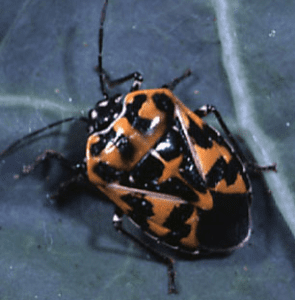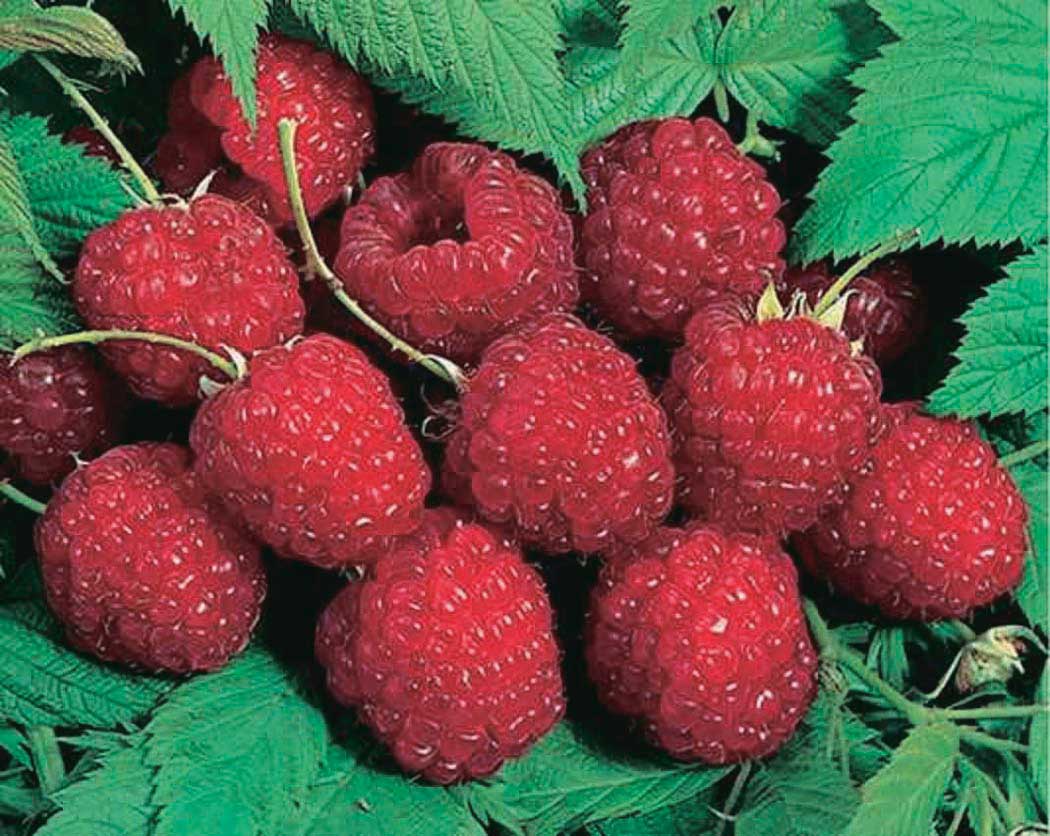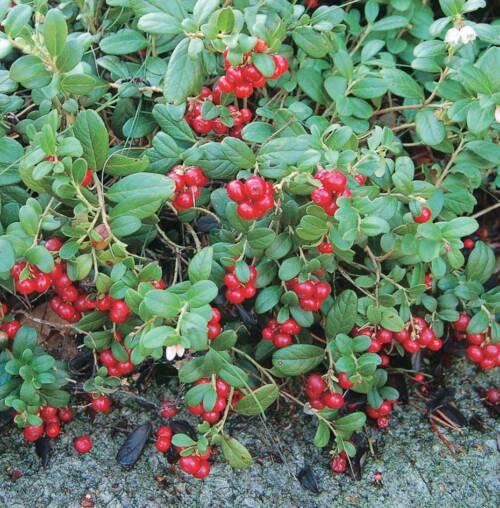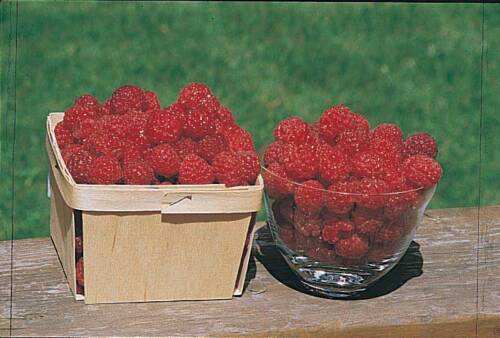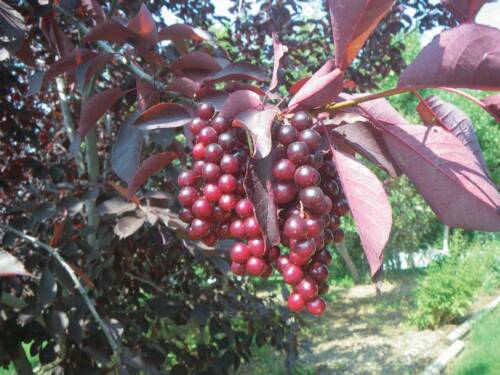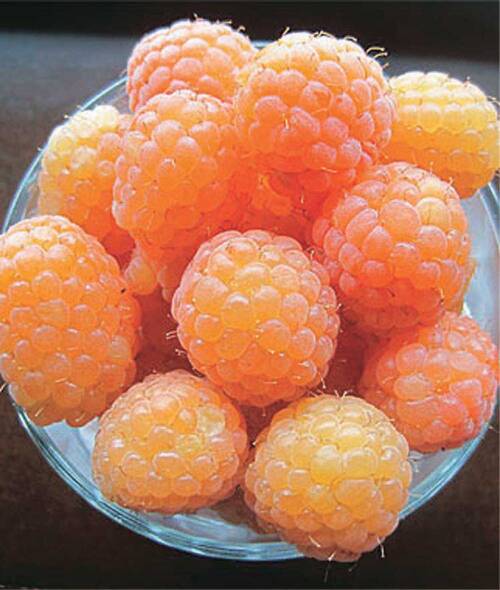Description
When ordering large quantities of these items, please be aware that extra shipping charges will incur. You will be notified of the charge before the items are shipped.
Thornless
Released from the Nova Scotia, Canada, Breeding Program in 1981. Berries are firm, bright-red, medium to large in size, ripen gradually over a long harvest season, and have a good shelf life. Raspberries are hardy to zone 2. Produces fruit in second year.
Planting Instructions
Like full sun and a moist rich soil. Grow in rows, spacing the plants 45 cm (18 in) apart and keep the rows 1 m (3.2 ft) or more apart. After planting, prune the plants back to 15-20 cm (6-8 in) in height to encourage better root development and the production of new canes. Keep soil mulched to help retain moisture. They require lots of water, especially at harvest time. More you water, the better the berries and yield will be. Prune fruiting canes down to the ground after they have finished bearing for the year. In spring, thin canes to about 15-20 cm (6-8 in) apart. Retain only new strong healthy canes that show little or no winter injury. Everbearing varities may be pruned right down to ground level in late fall or early spring, before new growth starts. Another tip on the Everbearing type is prune half of your canes to the ground and the other half, do not prune at all–this will split your crop. Then following do the reverse to your canes. Great way to spread out your harvest!
Are you looking to boost your fruit yields? Try our Fruit & Berry Plant food
Raspberry Planting Instructions
Companion Planting
When used as companion plants for raspberry bushes, the following plants can help prevent fungal diseases, like cane spot. They can also repel certain insects, rabbits and deer: Garlic, Chives, Nasturtiums, Leeks, Onions
Turnips used as companion plants for raspberry bushes help repel the harlequin beetle. 